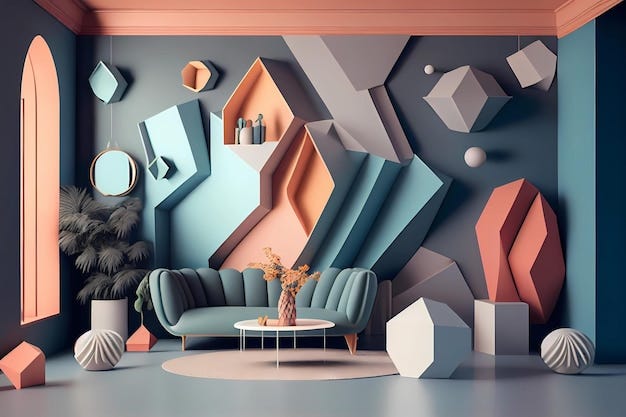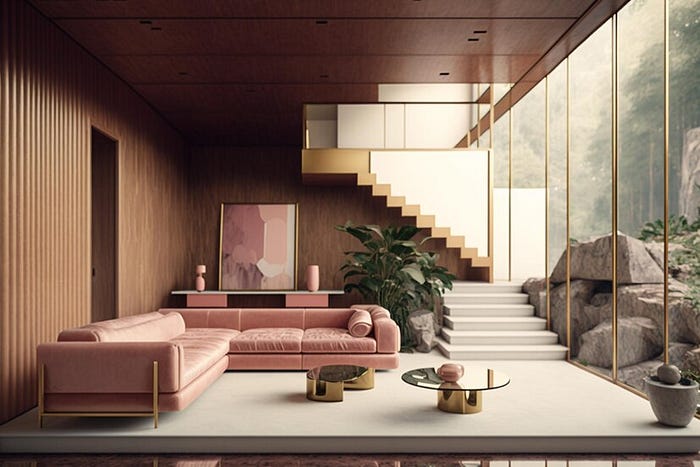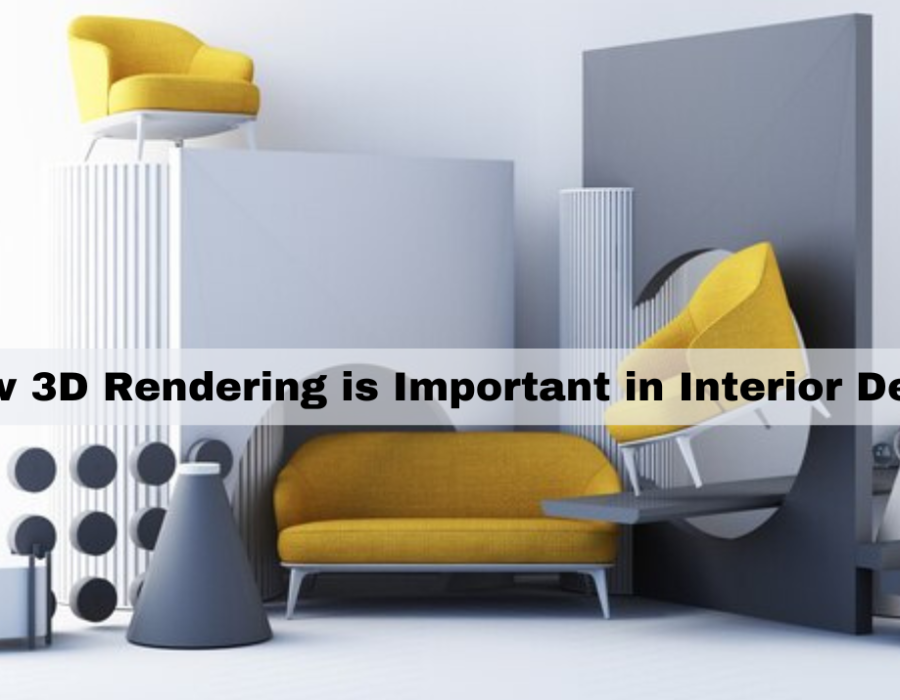
In the interior design world, visualization’s power cannot be underestimated. Clients and designers alike yearn for the ability to see their ideas come to life before a single piece of furniture is purchased or a wall is painted. This is where 3D rendering plays a crucial role.
What is 3D Rendering?
At its core, it is the process of generating a 2D image or animation from a 3D model. It involves the conversion of geometric data, textures, lighting, and other visual elements into a final image or sequence of images.
This transformation brings depth, texture, and realism to the digital representation, creating a visually captivating experience.
The Process of 3D Rendering:
- Creating a 3D model of the object or scene to be rendered.
- Texturing the 3D model with materials that define its appearance.
- Setting up the lighting in the scene.
- Rendering the image, which can be a single image or an animation.
3D rendering is used in a variety of industries:
- Architecture: create realistic visualizations of buildings and other structures before they are built.
- Product design: create realistic visualizations of products, such as cars, furniture, and toys.
- Video games: create the graphics in video games.
- Visual effects: create special effects in movies and TV shows.
The Importance of 3D Rendering in Interior Design
By leveraging advanced technology, it brings unprecedented clarity and realism to the design process. In this article, we explore the immense importance of 3D rendering in interior design and how it revolutionizes the way spaces are conceptualized and brought to fruition.
Enhanced Visualization and Conceptualization:
With 3D rendering, interior designers can now create lifelike representations of their design concepts. Viewing a space from multiple angles and perspectives allows clients to visualize the end result accurately. This level of detail empowers designers to refine their ideas and make informed decisions before any physical changes are made.

Time and Cost Efficiency:
Gone are the days of relying solely on hand-drawn sketches or 2D blueprints. 3D rendering expedites the design process by eliminating the need for costly physical prototypes. Designers can experiment with different materials, colors, and layouts in the virtual space, saving both time and money. Clients can also provide feedback early on, reducing the risk of costly revisions during the construction phase.
Realistic Material and Lighting Simulation:
Best 3D CAD Rendering Techniques in interior design is the ability to simulate various materials and lighting conditions accurately. Designers can showcase how different materials, such as wood or marble, will look in different lighting scenarios. This level of detail allows clients to make informed choices and ensures the final design meets their expectations.

Effective Communication and Collaboration:
With 3D rendering, communication between designers, clients, and contractors becomes seamless. Designers can present their ideas in a visually compelling manner, ensuring that everyone involved has a clear understanding of the design intent. This facilitates effective collaboration, reduces misunderstandings, and fosters a smoother workflow.
Marketing and Presentation Advantage:
In the competitive world of interior design, standing out is crucial. 3D rendering offers a powerful marketing tool, allowing designers to create stunning visuals for their portfolios, websites, and marketing materials. These realistic renderings showcase the designer’s skills and help attract potential clients by demonstrating the transformative potential of their work.
Designers can create realistic representations of their concepts, allowing clients to visualize the end result accurately. With its immense benefits, it’s clear that 3D rendering has become an indispensable tool in the modern interior design industry.
Moreover, if you’re looking to customize your interior with the benefits of 3D rendering, then look no further! Get in touch with us at [email protected]. or simply drop us a line here to unlock the full potential of your interior design.





Comments